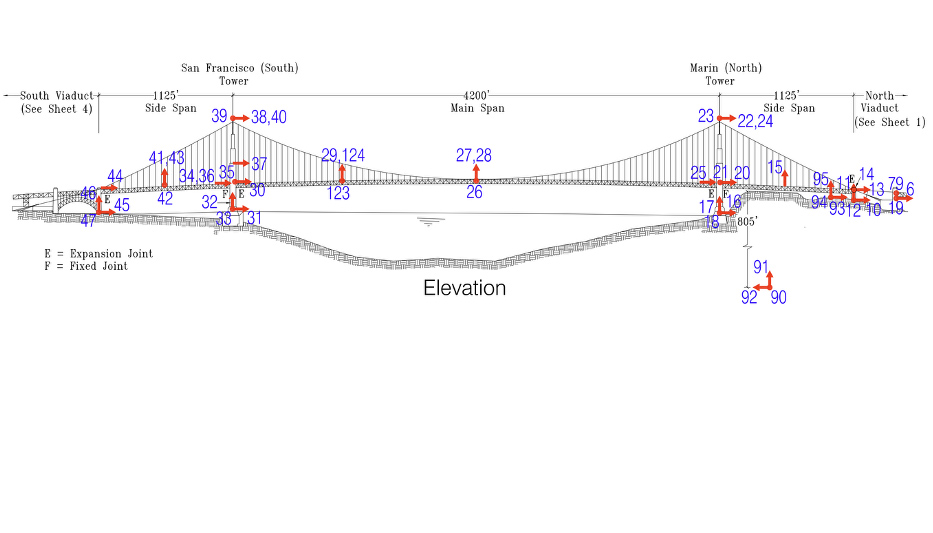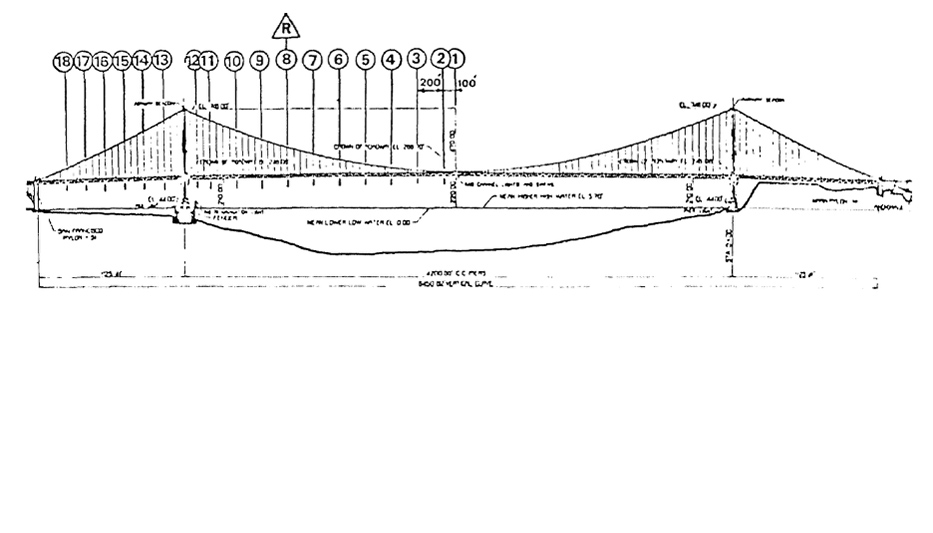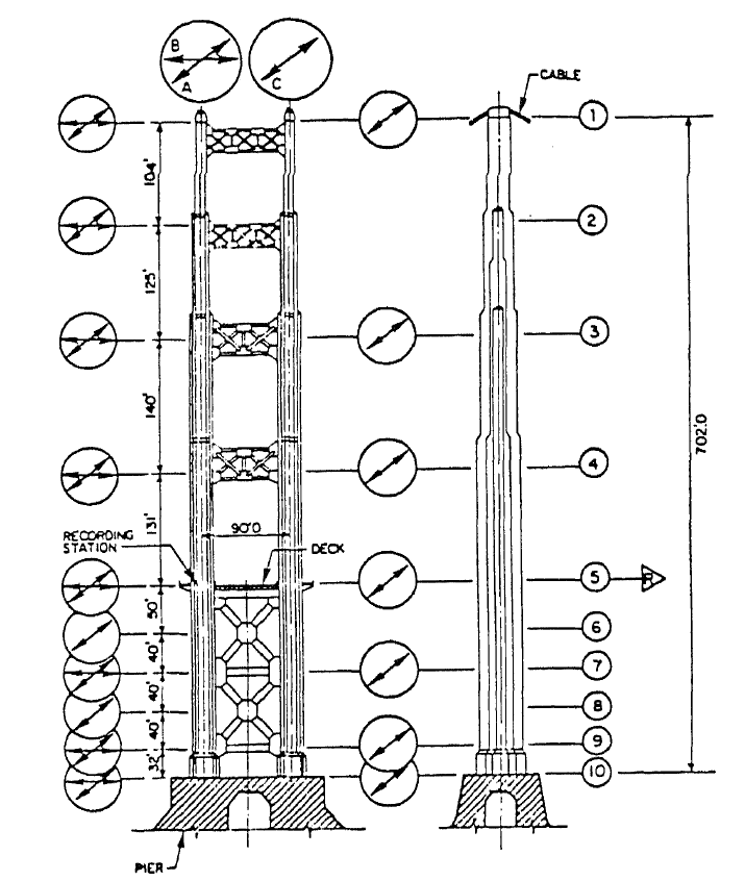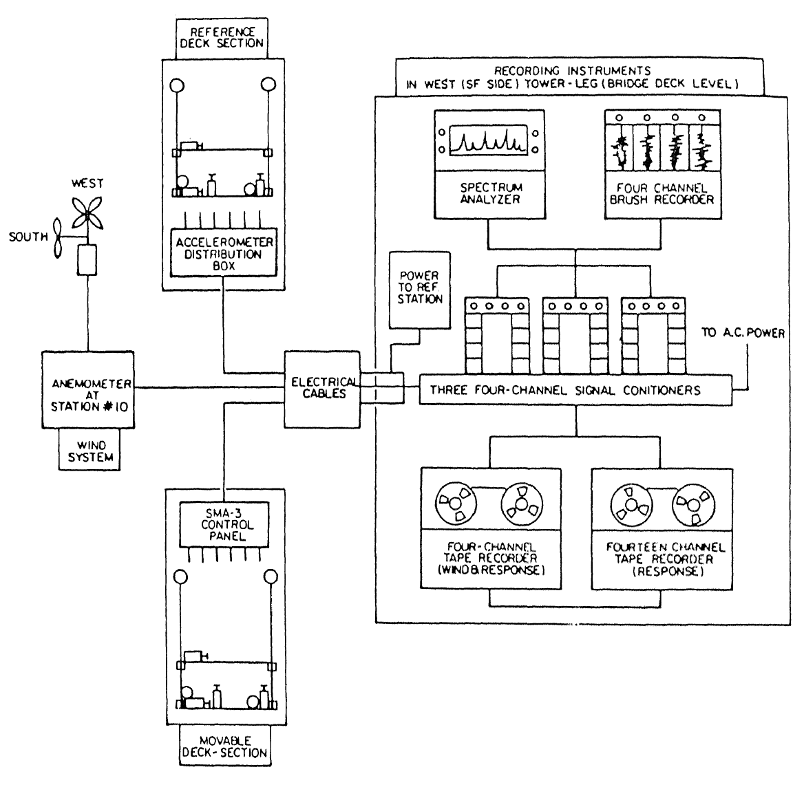About Our client
The National Science Foundation, established in 1950 by Congress, and Caltrans, with the mission of improving lives and communities through transportation, jointly supported a research project conducted by the Civil Engineering Department of Princeton University and Kinemetrics focused on monitoring ambient vibrations of the Golden Gate Bridge.
Project Objective
The objective of the project was to collect and analyze ambient vibration data to characterize the response of the bridge to ambient wind, ocean waves, and vehicular traffic excitation, and accordingly to determine the three-dimensional mode shapes and the associated natural frequencies and modal damping factors. In addition, the system was to record wind speed simultaneously with the structural response.
Project Achievement
Over 40 years ago, the Golden Gate Bridge was instrumented with 14 Kinemetrics accelerometers to capture its dynamic response at various locations. The signals were amplified, filtered using Kinemetrics Signal Conditioners, and digitized with Kinemetrics’ electronic analog-to-digital converters. This early instrumentation allowed researchers and operators to determine critical dynamic characteristics such as mode shapes, natural frequencies, and damping factors.
Since then, the system has undergone significant upgrades. In 1995, the bridge was equipped with 69 accelerometers, 4 relative displacement sensors, and a free-field station on the south side. By 2008, further enhancements included 100 accelerometers, 12 relative displacement sensors, and geotechnical arrays on both the north and south sides. These advancements have consistently improved the quality and reliability of data, ensuring that the dynamic behavior of the Golden Gate Bridge is accurately monitored and analyzed over time.




